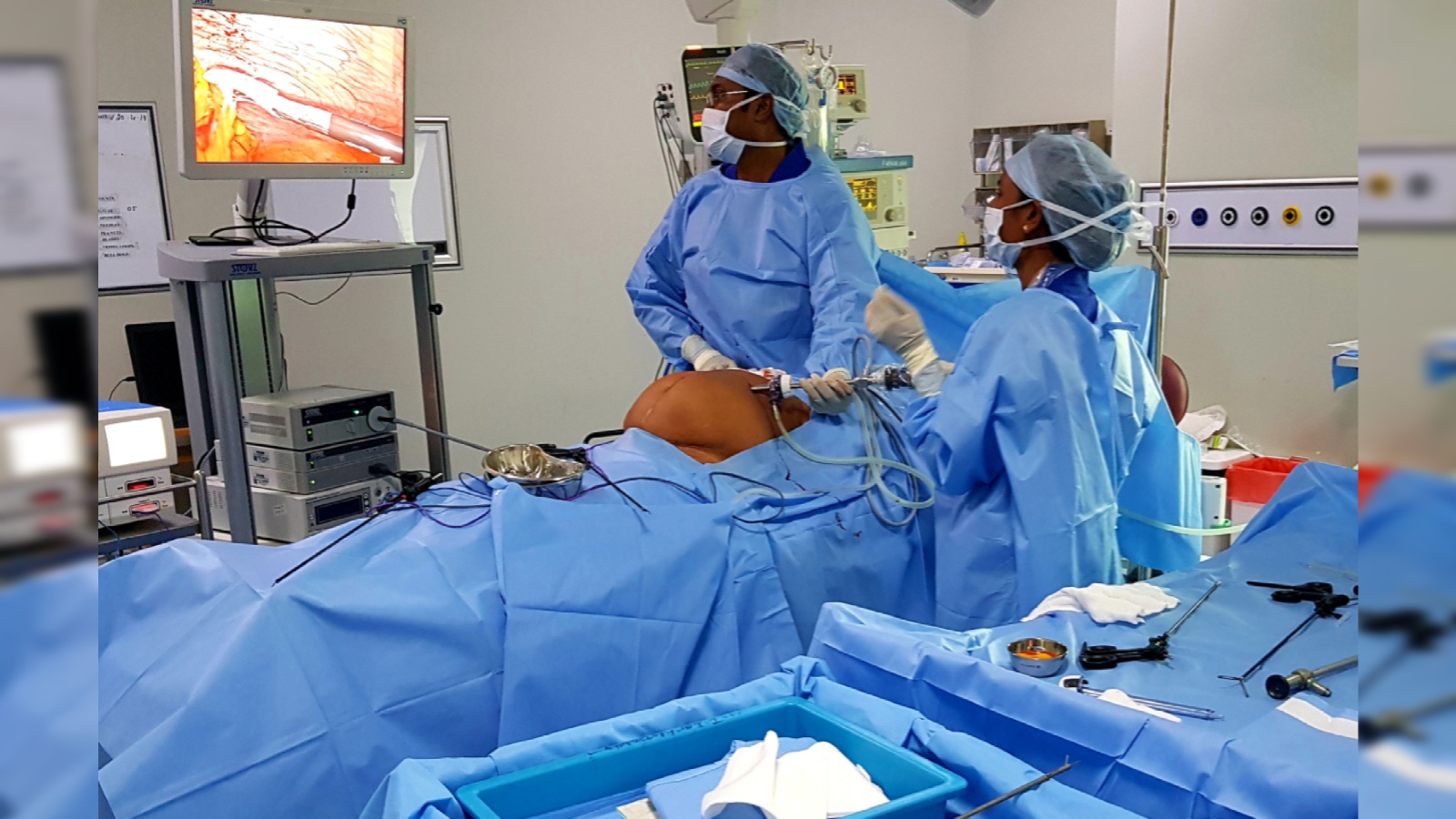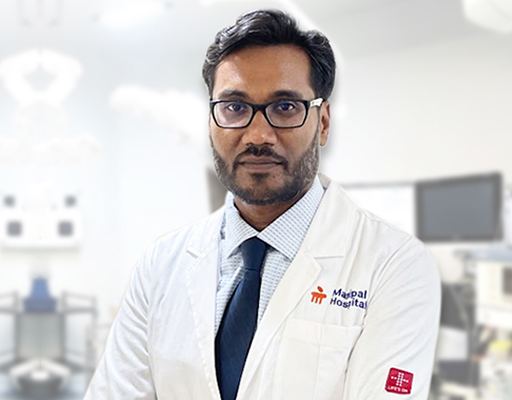-

What Is Laparoscopy?
A laparoscopy is a form of surgical process that allows a surgeon to get access to the abdomen and pelvis without making big incisions in the skin. This procedure is used to help diagnose a vast range of conditions that develop inside the pelvis or abdomen. Apart from this, it is also used for surgical procedures like removing a tissue sample for biopsy or removing a diseased organ. Laparoscopy is mainly used in urology, gynecology and gastroenterology.
Possible Risks/Side Effects Of Laparoscopy
Although laparoscopy is a simple procedure with little to no risk, patients might experience some swelling, soreness or redness at the incision site. Consult your doctor if you have any of the following symptoms post laparoscopy:
-
Bleeding
-
Vomiting and nausea
-
Continued fever over 101° F
-
Severe abdominal bleeding
Benefits of Laparoscopy
Diagnostic laparoscopy is specifically advantageous since it is likely to avoid the need for a bigger, more intrusive surgery in the future.
How Is Laparoscopy Carried Out?
Diagnostic laparoscopy is always done in a hospital or an outpatient surgery centre like MH Surgery Clinic. This procedure is carried out under general anesthetic, so you will not feel any pain at all. The amount of time it takes depends on what your doctor finds during the surgery. Here are the steps:
1. You Are Given Anaesthesia To Make You Sleep
After getting the anaesthesia, you will not feel any pain during the procedure. Before your anaesthesia provider gives you the anaesthesia, he/she will ask you about your medical condition and what medications are you on. Do not hesitate to ask questions about how it works and how you might feel after the procedure.
2. The Surgeon Makes Small Incisions Near Your Navel
These incisions are made to:
-
Put nontoxic gas into your abdomen. This keeps your organs away from one another and makes them easier to see and work on.
-
Insert a laparoscope that has a light and video camera.
-
Insert small surgical devices to perform the procedure.
-
Put a suction tube into your abdomen to suck out any extra fluid or gas.
3. The Doctor Uses The Laparoscope To Look For Disease or Damage
The doctor might also:
-
Take a tissue sample that is then sent to a laboratory to be inspected.
-
Take out tissue
-
Fix or take out parts of organs that are diseased or damaged.
4. The laparoscope and tools are taken out of your body and the gas is taken out with a suction tube. The incisions are then closed with stitches.
Follow-Up RequirementsYou can visit your doctor a couple of times after your surgery to get your incision checked and ensure a healthy recovery.
Consult with Dr. Manjunath Haridas for Latest Technology and Advanced Laparoscopic Surgeries
What Should You Expect During Recovery?
This might sound surprising to you, but many people get discharged and go home the same day, whereas some people need to stay overnight. Here is everything that you can expect during your recovery:
1. You will be shifted to a recovery area where you will be under observation until you wake up from anesthesia. You can see your family and friends after that. Do not hesitate to ask for help if you need to move or get up.
2. You will observe that there will still be some gas in your abdomen. This tends to cause pressure when you sit up. You might experience pain in your chest, neck or shoulders. You might also find it difficult to catch your breath and perhaps feel sick. These symptoms are absolutely normal and you have nothing to worry about. Walking helps your body absorb the gas and escalate your recovery.
3. You will be given painkillers. Take your painkillers as prescribed by your doctor, especially initially. It is easier to avoid pain than to stop it after it starts.
4. Your incision may leak fluids. Do not freak out when you see clear or perhaps pink fluids leaking from your incision. If the fluid is yellow, thick or smells bad, visit your doctor immediately.
Wrapping Up!
Laparoscopy is a surgery in which a small video camera is used to look at the inside of your abdomen and pelvis. Once you go back to your home after the surgery, do not take a shower for at least 24 hours. Caring for your dressings is crucial. If your dressing is wet, then you can take it off after 24 hours. Even though it may hurt, try deep breathing since it will help you heal and avoid complications. If your doctor suggests you get a laparoscopy done, MH Surgery Clinic is one of the best hospitals for minimally invasive advanced surgeries.

Author: DR. MANJUNATH HARIDAS (MD FACS FICS)
Dr. Manjunath Haridas is one of the leading surgeons for Gastrointestinal Sciences in Whitefield, Bangalore. His area of expertise includes Gastrointestinal Surgery - Colon Rectum, Foregut Advanced Laparoscopic Surgery, and Minimally invasive surgery. He is Honored by the American Board of Certification, fellow Of the American College of Surgeons, SAGES membership and more.
-

